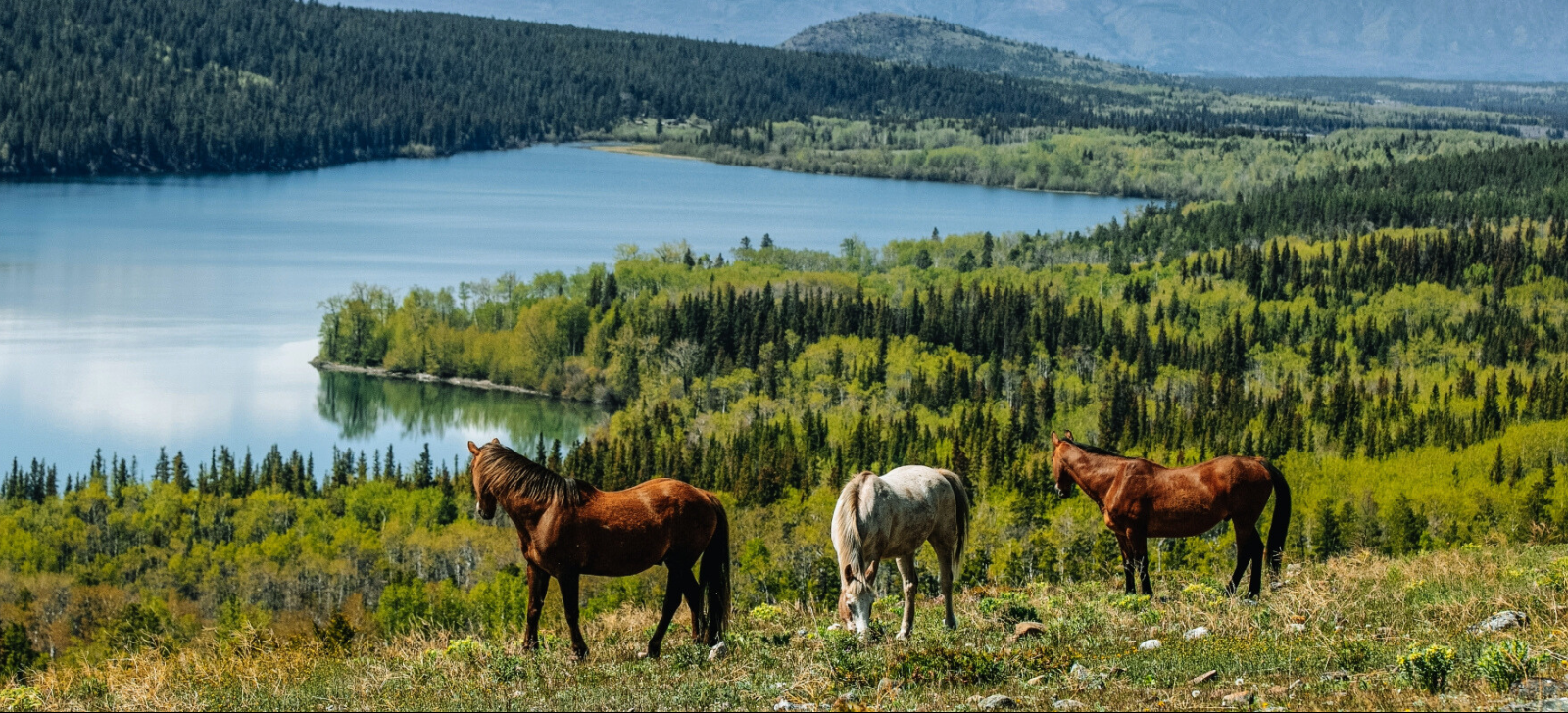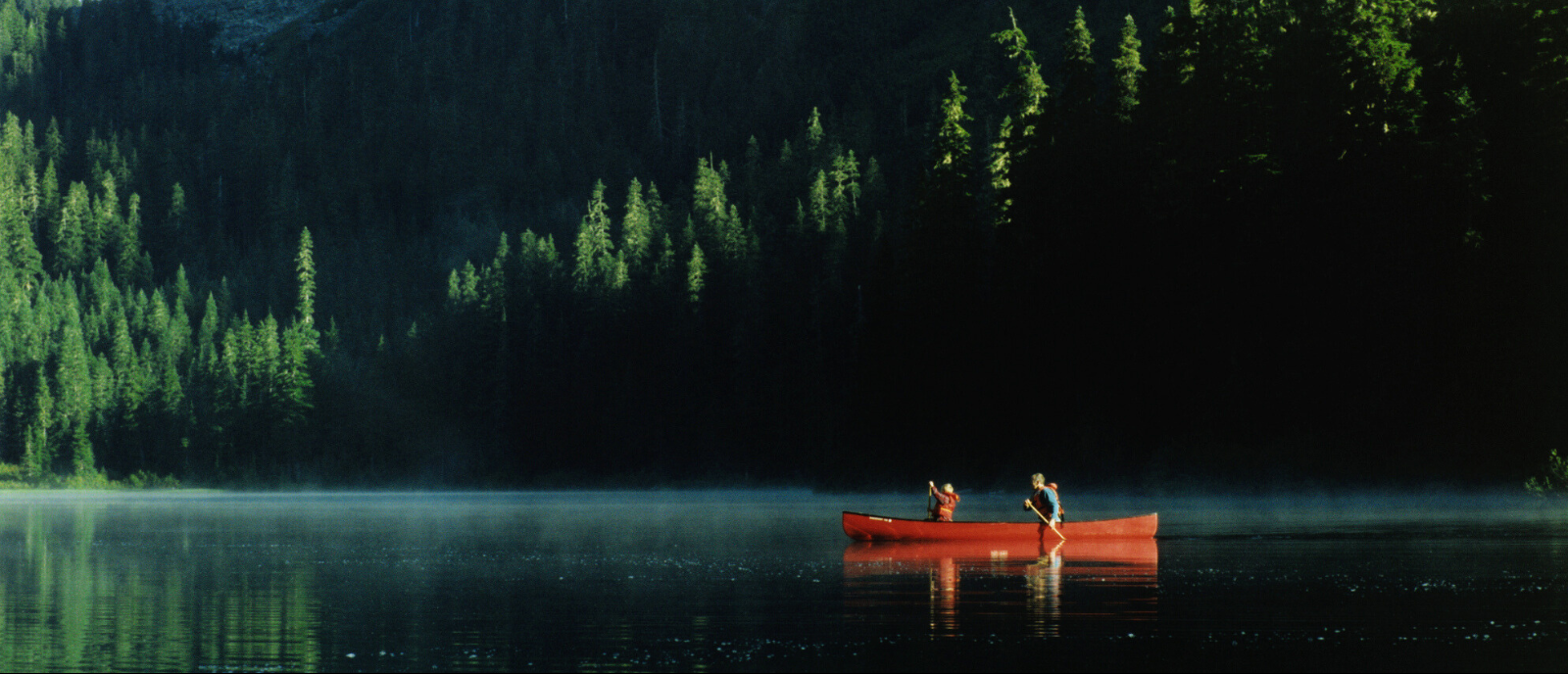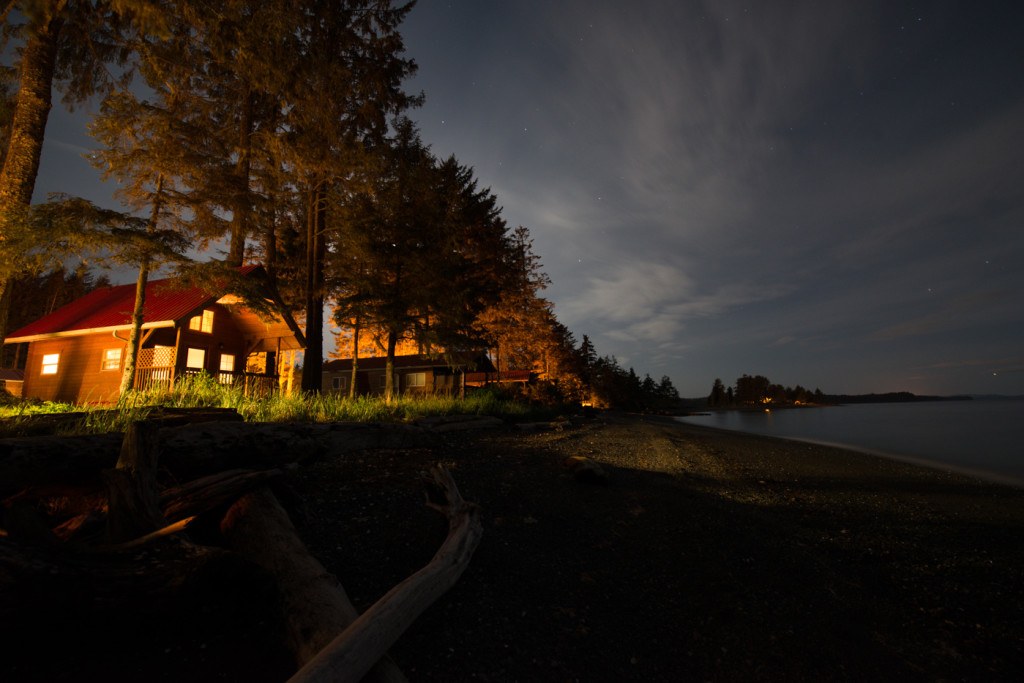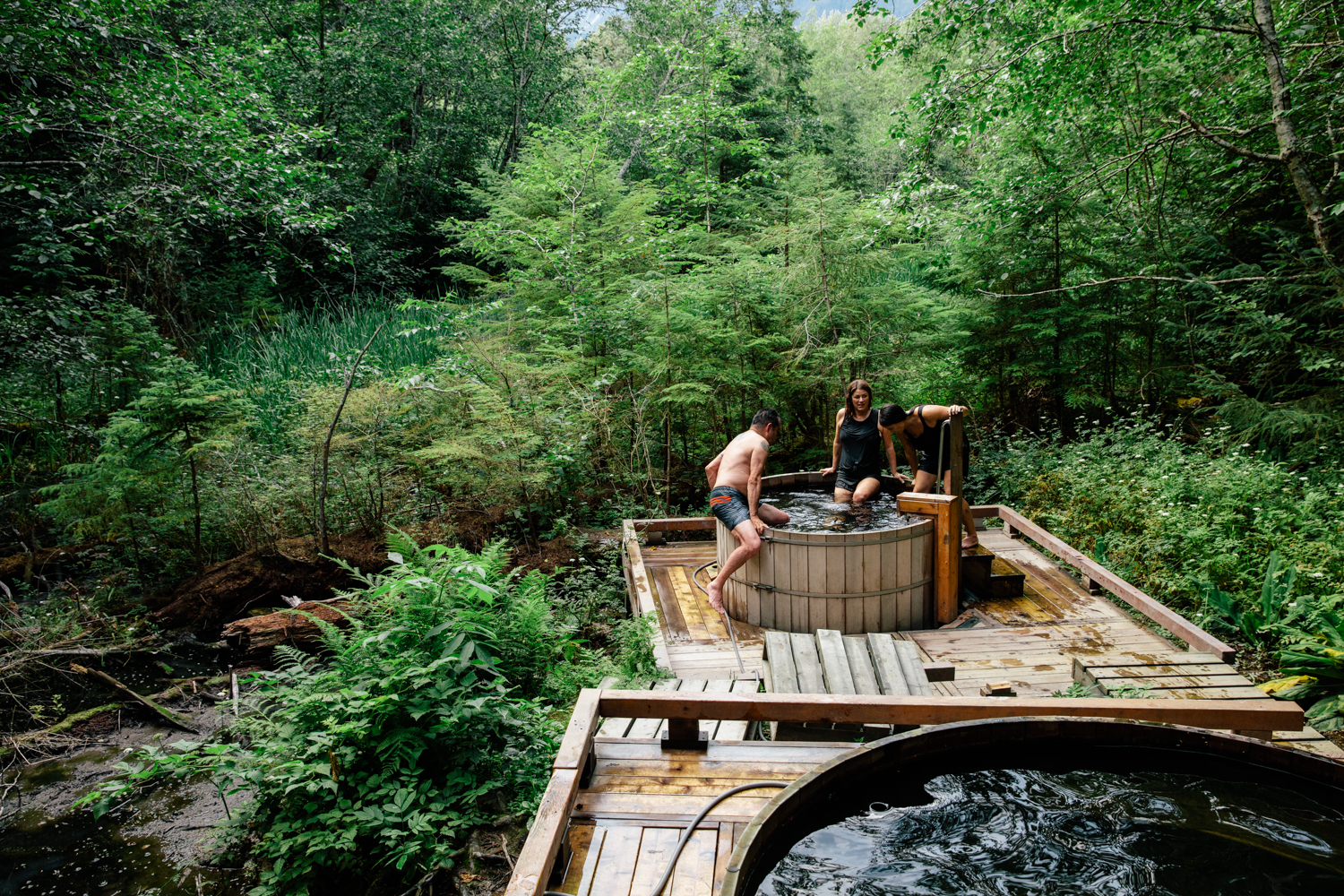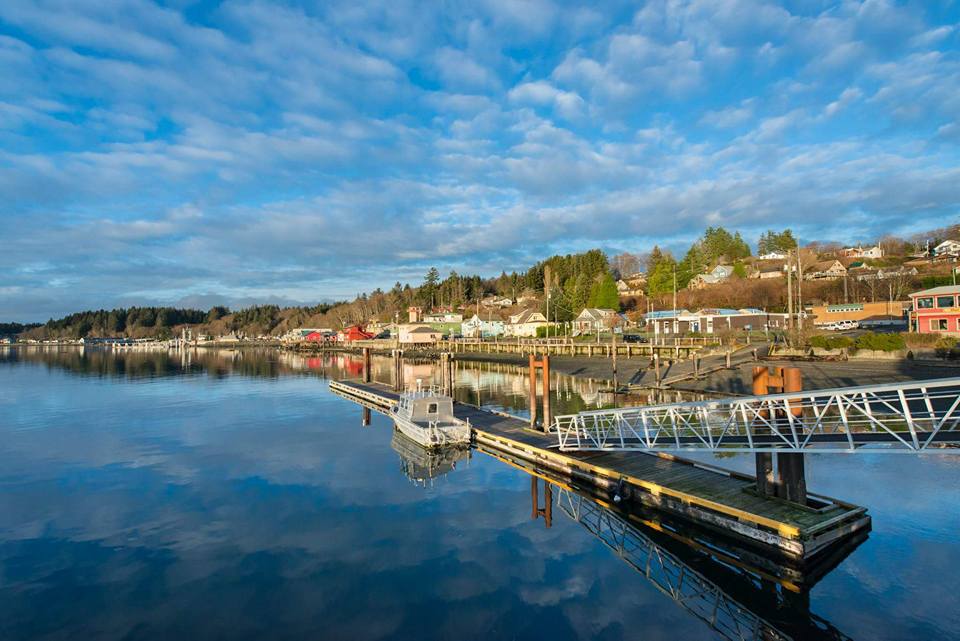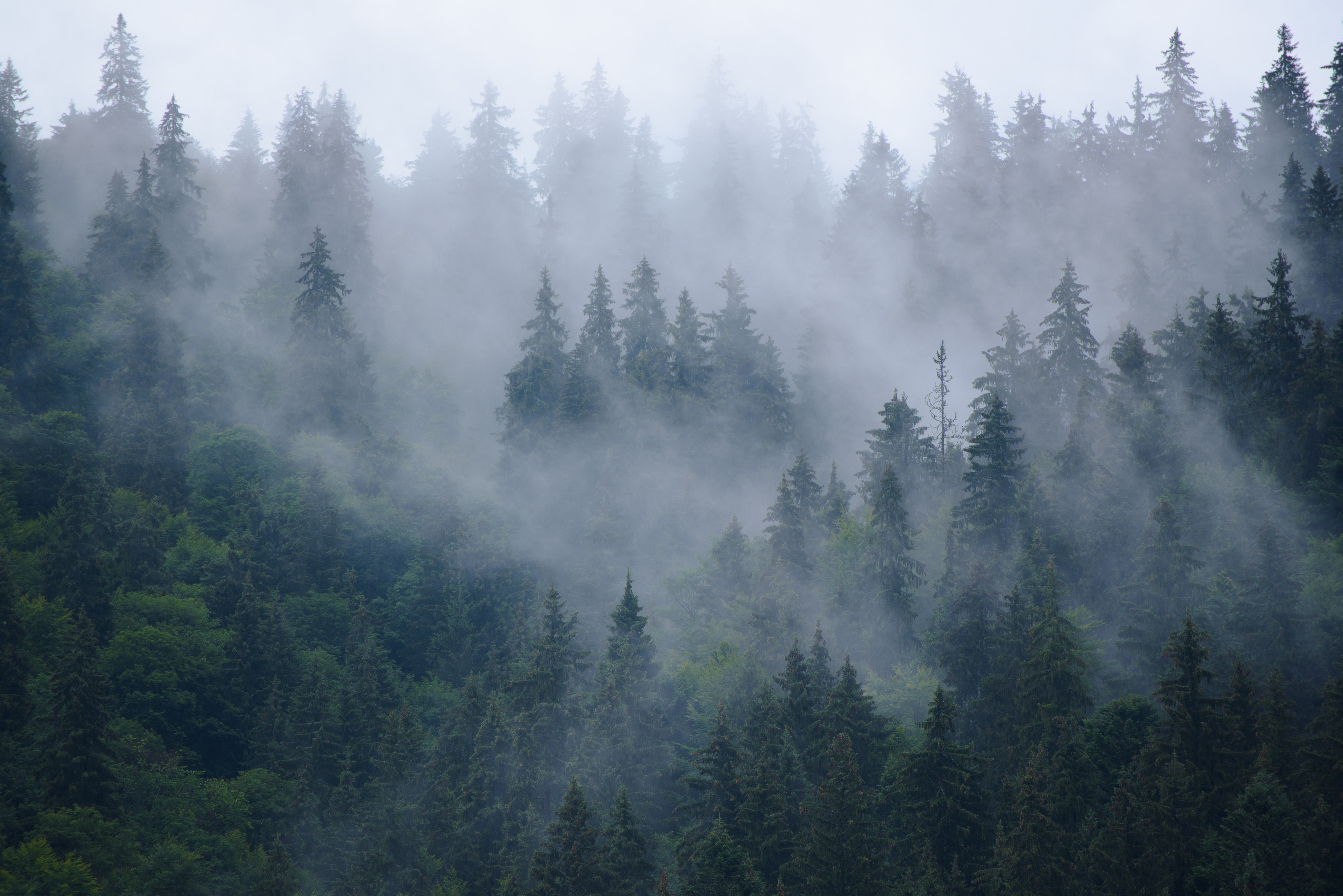
Responsible tourism means that the experience creates a positive impact for all involved–not just the traveller. Responsible Indigenous tourism in BC means that travel includes consideration of all which is of value to Indigenous Peoples–their communities, languages, and cultures; water, animals, and lands.
Written by guest blogger Elizabeth Clark
“We’re headed up Island… all the way north.” I was exchanging travel plans with another harried parent at gas station just outside of Campbell River. I felt a thrill to casually utter the phrase “Up Island”, as if traversing to the northern tip of the island was a regular occurrence for our family.
Our destination was Cluxewe Resort, just outside Port McNeill. It would be about a 3.5 hour drive from sunny Parksville, where we had just spent a week lounging on the sheltered beaches. It was definitely time for some adventure.
I was anticipating deep rainforests, foggy skies and a strong presence of indigenous art, culture and totems. It had been many years since I had last been in this area of the province, and my memories were that of a child. Would it live up to my somewhat idealized expectations?

Heading North
About 15 minutes later as we headed out of Campbell River, I reflexively reached for my phone… no service. I had a brief moment of panic, followed by an uneasy sense of freedom. I was truly “unplugged” as I had intended.
The next hours of our drive were uneventful, passing mostly through dense forest. I kept searching for glimpses of the ocean, but the route is firmly planted inland and I saw only the occasional lake as we headed north.
We passed the signs for Port McNeill and as the highway veered northwest, a gentle fog began to roll in from the coast. We pulled into the Cluxewe Resort as the fog thickened, obscuring the view of all but the near shoreline.
We had reserved two campsites that were “across from the water”. We were thrilled to discover that this meant oceanfront camping with only about ten feet between our sites and the beach. That night as we snuggled in our sleeping bags, we fell asleep to the sounds of boat horns blowing in the fog and the tide gently rolling onto shore.


Cluxewe Resort
By mid-morning the next day, the fog had burned off thanks to a warm sunshine and we set about thoroughly exploring Cluxewe. The resort is located in the land of the Kwakiutl people, who manage and own the property. Their motto of “Relax, Reflect, Restore” felt very appropriate as the kids wandered along the beach, finding crabs, shells and eventually adding to an impressive driftwood fort.
We headed back towards the main entrance and discovered a majestic forty-foot canoe, carved and painted. Paddles and life jackets were flung over the benches, evidence of a recent excursion. What might belong in a city museum is a working piece of culture, art and tradition on the north island.
We found the welcome totem and the kids headed over to the playground as I began to take pictures and ask questions. I learned the meaning of “cluxewe”, which can be “place of refuge” and also “place of the changing river mouth”. Part of the resort is a narrow spit of land, nestled between the estuary of the Cluxewe River and Broughton Straight. Cruise ships heading to and from Alaska periodically sailed by as we watched from shore.
As we headed back to our campsite along the river bank, eagles circled overhead and dove for fish. A lone fisherman landed a pink salmon on the bank and a raven’s distinctive chuckle sounded from a nearby tree. The sun was warm on my cheeks and I tasted the salty tang of the ocean in every breath. A place of refuge indeed.


Alert Bay
For cultural explorers, there is no destination like Alert Bay. It is home to sacred burial grounds, a world-class cultural centre and museum, a traditional Big House and many memorial totems. It has an international reputation as a hub for indigenous culture, and we met many visitors from around the world who were including it in their itinerary.
Alert Bay is located on Cormorant Island and is an easy 45 minute ferry journey from Port McNeill, making it a doable day trip. The kids always love taking the ferry, and even I feel an added sense of adventure when heading out on the water. Check the schedules carefully to leave enough time for exploring. We had missed an earlier ferry and it cut the day shorter than we would have liked.
The U’mista Cultural Centre houses a world class collection of masks, potlatch regalia and cultural artifacts of the Kwakwa̱ka̱ʼwakw people. The historical significance of the permanent potlatch collection is a heavy tale of cultural repression. Most of these artifacts were seized in the early 20th century and sold into private collections around the world. The centre opened in 1980 as the process of returning them to the Kwakwa̱ka̱ʼwakw began. The name U’mista means “the return of something important” and it is a significant point in the ongoing process of repatriation and reconciliation.
The quality of the collection has been compared to larger museums like the Museum of Anthropology in Vancouver and it is a deep source of pride for the community. It was one of the first of its kind in Canada and the efforts to repatriate still missing potlatch art and artifacts continue today.
Throughout the summer months, the T’sasala Cultural Group perform traditional dances at the Big House. The dances tell the stories of different tribes from the time of creation and have received approval of the Kwakwa̱ka̱ʼwakw Elders. This is one of the experiences that our time did not allow for, and we were disappointed to miss it.
Another stop that was recommended to us was Culture Shock, a cafe and gallery locally owned and operated by the three Cranmer sisters. Barb, Donna and Andrea share ‘Namgis cultural through interactive experiences, tours and their lovingly curated gallery. It’s a perfect spot to break for a coffee and some shopping. Namgi
One of the most breathtaking aspects of Alert Bay is the abundance of indigenous art and culture throughout the village. Many of the buildings incorporate carvings and there are totems in many places on the island.The ‘Namgis burial grounds and Memorial Totems are located near the Visitor Centre, and the the world’s tallest totem pole can be found not far away.
There is accommodation in Alert Bay for those who might wish to stay longer. While a day trip is manageable, it is bit rushed to fully discover all that the area has to offer
Wish List
We are already planning our next trip to the north island. We did so much exploring and yet didn’t get to check off everything on our bucket list. One of our big must-dos for next time is wildlife viewing with an experienced guide.
Sea Wolf Adventures is a tour operator based out of Port McNeill that offers grizzly bear viewing in the Great Bear Rainforest and cultural and wildlife tours. The cultural tour includes the U’mista Cultural Centre as well as wildlife and whale watching, guided by owner/operator Mike Willie, of the Musgamakw Dzawada’enuxw First Nation, who shares his passion and traditional knowledge with guests.
North Vancouver Island is one of those breathtaking places that lives up to all the photos. It’s less travelled than destinations further south on the island and it is possible to find a place where you are the only person on the beach. There is a sense of rugged remoteness and a stripped away connection to time and place. Our trip far exceeded my fuzzy memories, and we will return.
Elizabeth Clark is a Vancouver based writer and passionate lover of all things BC. She happily spends her summers vagabonding around the province with her family.
